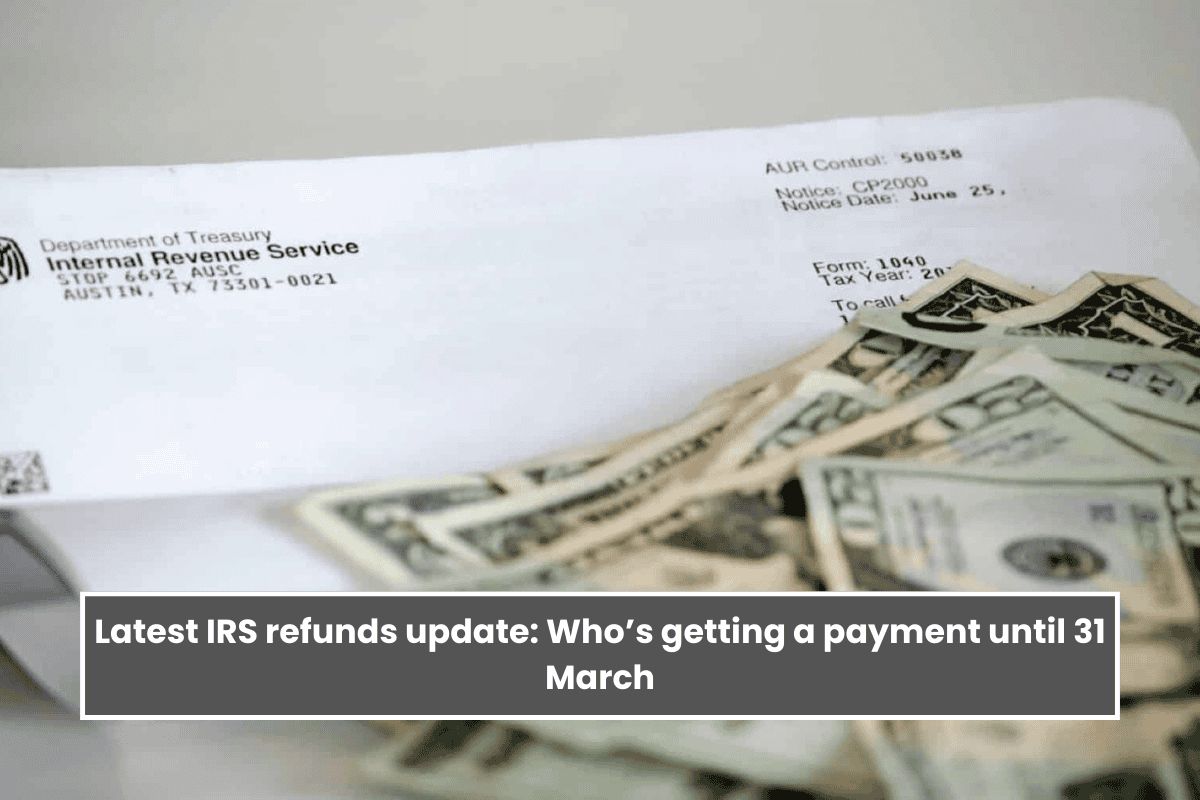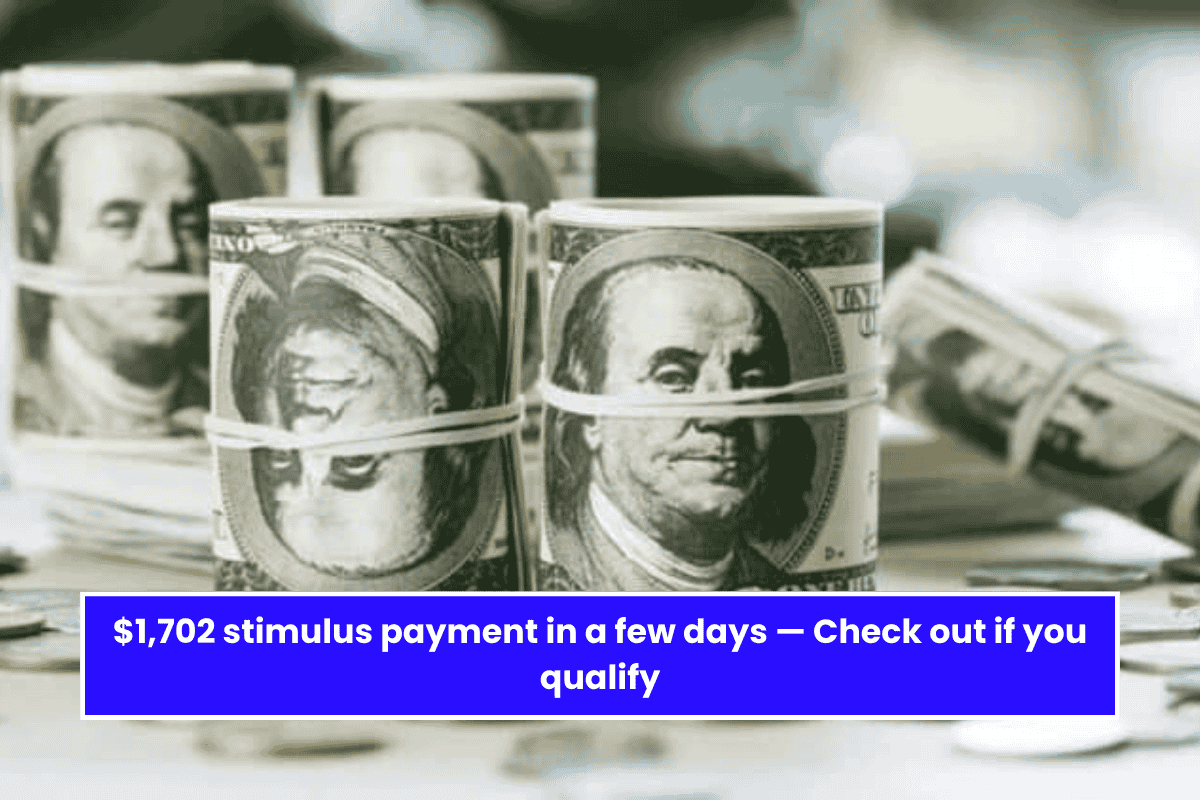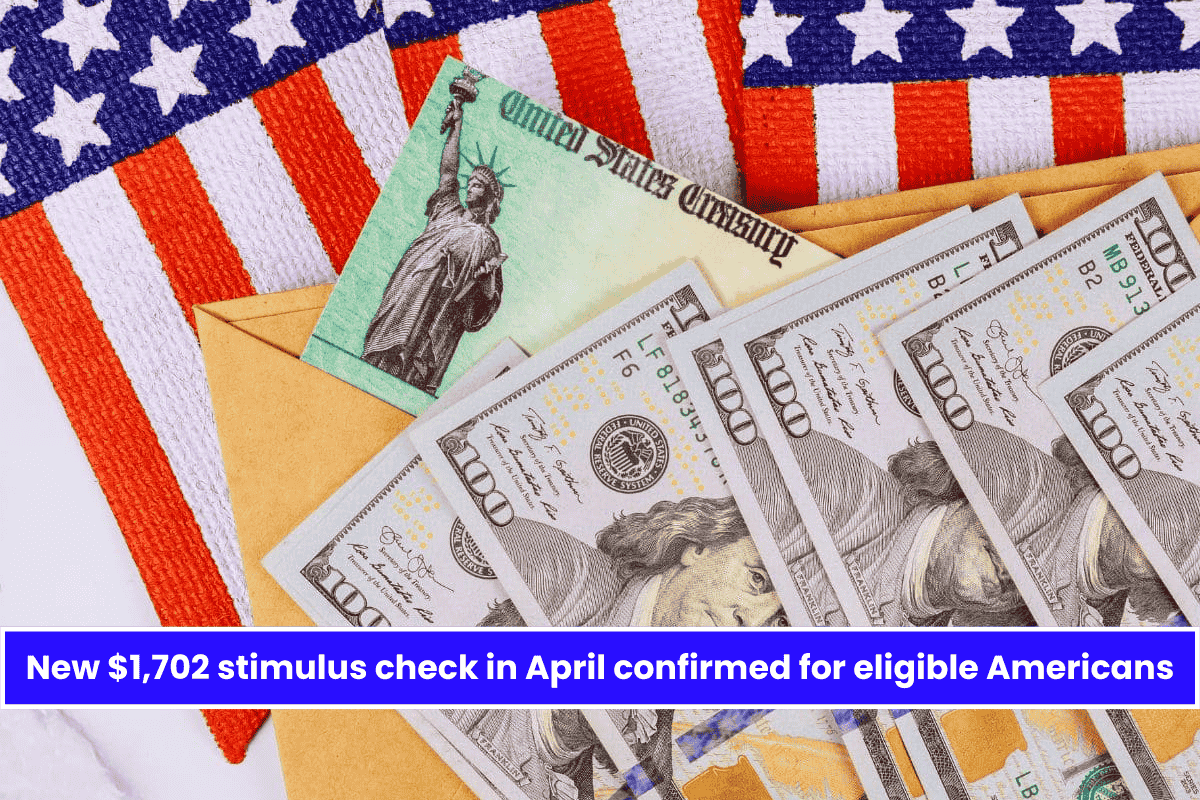The expected DOGE stimulus check, which is linked to reduced government spending, may fall short of the $5,000 target. James Fishback, CEO of Azoria Investment Firm and plan promoter, has stated that the final amount will be determined by the Department of Government Efficiency’s actual savings.
This initiative, backed by Donald Trump and Elon Musk, the director of DOGE, aims to return 20% of public spending cuts to taxpayers. However, the uncertainty surrounding federal spending and the growing deficit casts doubt on the viability of these payments.
Although the proposal has received widespread attention, the program is still in the planning stages. The figures initially announced are not guaranteed and may change depending on how the federal budget evolves and Congress’s decisions.
How the stimulus check works DOGE
The program’s goal is to increase the efficiency of government agencies while lowering operational costs. It is estimated that $2 trillion can be saved in 18 months, allowing each contributing household to receive $5,000. However, Fishback has admitted that these calculations are rough.
If the savings are reduced, so will the payments. For example, if only $1 trillion in savings are made, the check will be reduced to $2,500. With a $500 billion cut, the amount would drop to $1,250 per household.
Challenges and prospects for the program
Recent data from the Congressional Budget Office (CBO) indicates that the anticipated savings have not yet been realized, despite the political support. The national deficit increased by 5% in February 2025 as a result of a 7% increase in federal spending over the previous year.
The government has also asked for $1.1 trillion in loans in the first five months of the fiscal year, raising doubts about its capacity to produce enough surplus to pay for the stimulus check.
The program needs congressional approval to become a reality. Even if everything went according to plan, payments wouldn’t come until 2026. Senator Ron Johnson and other lawmakers, however, maintain that the savings must first be utilized to balance the budget before being distributed to the populace.
As of right now, the DOGE plan’s implementation is still up in the air and will be contingent upon changes in the legislative and economic environment over the next few months.













